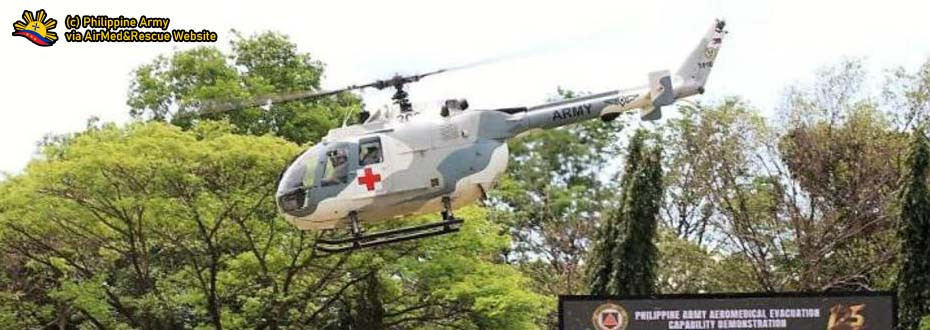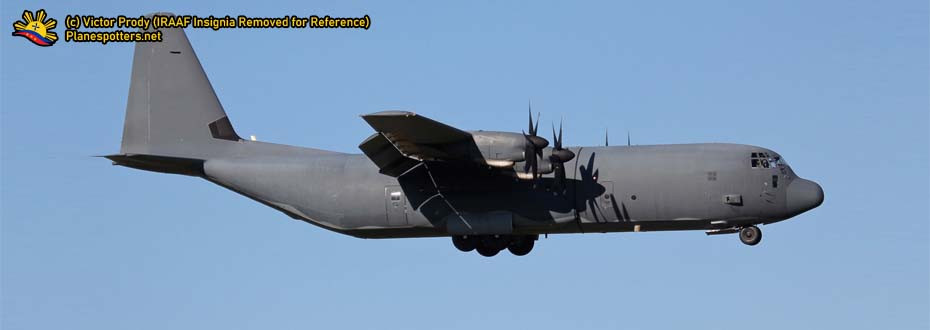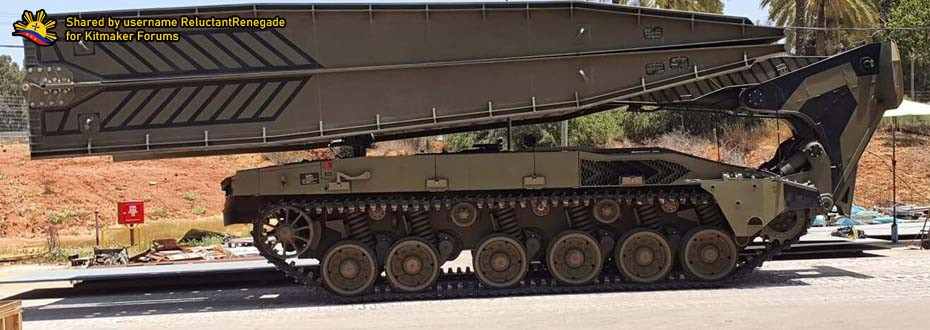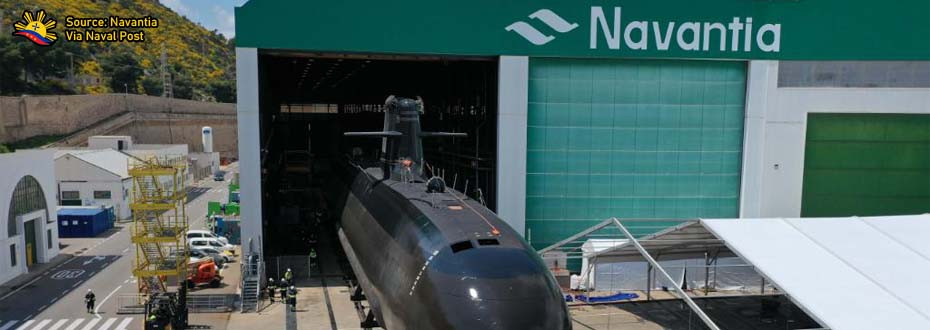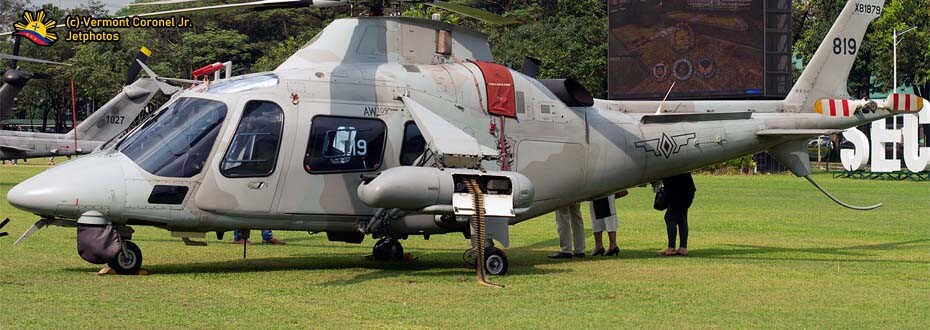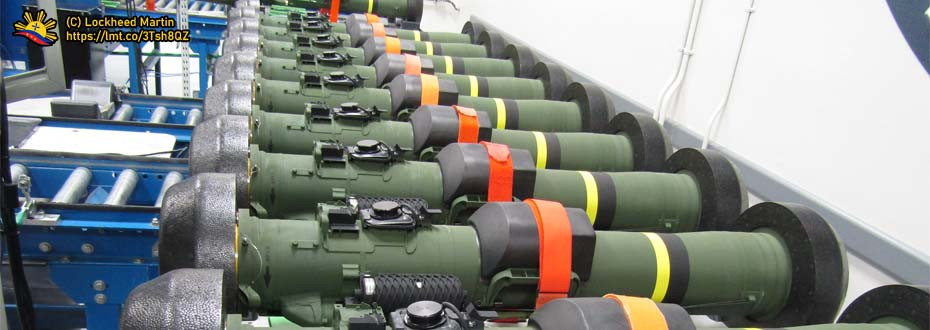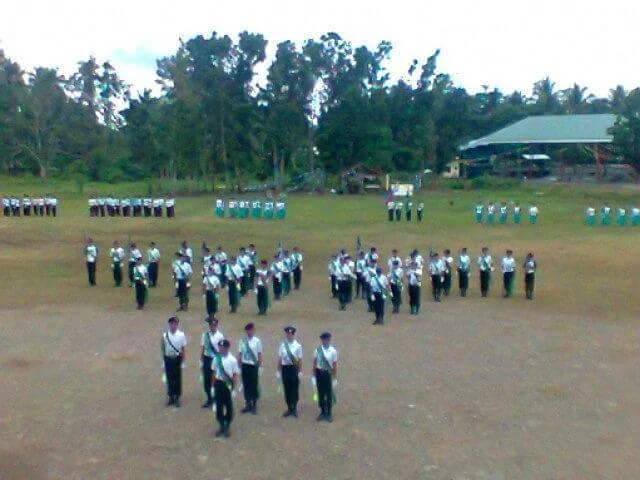OVERVIEW
 |
| From Doctrine to Facilities, each and every component is essential for an Armed Forces to keep upholding its mandate to protect the country and the constitution. Photo from PTV News. |
However, the procurement of this various weaponry and support assets isn't as easy as purchasing a shirt from a store or ordering a scale model of, say, a jet fighter in an online market. At first sight, the procurement process is stringent given that the negotiations are about millions, if not billions of pesos of projects in the hopes that the Philippines is capable to provide a minimum credible defense for itself where the funding allocated finds its worth on protecting the lives of innocent citizens on their normal lives as well as for the nation's sovereignty. In planning on military purchases in this case, however, does not rely on funding alone.
Now, one may ask: "How do the high ranks in the armed forces assess themselves in terms of their mandate and the capabilities they have to deliver it?" The usual answer that may come out in this manner is that SWOT Analysis may apply to the military since just like any other organization, it points out its Strengths, Weaknesses, Opportunities, and Threats.
DEFINING "DOTMLPF"
 |
| Operating the aircraft and showcase its firepower is one thing. Maintaining it and providing spare parts is another. Photo credits to its owner. |
This acronym was coined by the United States Department of Defense in its Joint Capabilities Integration and Development System (JCIDS) Manual and was cited in the Chairman of the Joint Chiefs of Staff Instruction (CJCSI) 3170.01I in which the United States Armed Forces uses these measurements for its Capabilities-Based Assessments that identify capability gap that a military experiences in conflict or wartime period. From there, the inefficiencies are to be addressed so that the organizational mandate will be further carried by its components which safeguards its duties and responsibilities further wherein it ensures the safety of the citizenry and the welfare of national sovereignty. In the local Philippine Setting, this capabilities-based analysis and approach is something that the higher ranks do consider where, through the years, the capability gaps of the Armed Forces of the Philippines can be seen clearly throughout history such as the Chinese hegemony in the West Philippine Sea, Zamboanga Siege, Marawi Conflict and various skirmishes against local Communist and Moro insurgents as well as on addressing natural disasters. The Republic Act. 10349, also known as the Revised AFP Modernization Program, is set to address these insufficiencies in the hopes that capability gaps on national defense and security matters, in general, will be closed with minimum credible defense in mind.
Now that we understand the general definition of the DOTMLPF analysis, let us go further in-depth for us to understand deeper so as its importance to the Armed Forces to have especially in its warfighting capabilities, given the fact that capability enhancement is definitely beyond just buying military assets that pack firepower.
Doctrine
The word "doctrine" according to this online definition obtained from Merriam-Webster Dictionary, are defined as follows:
1. archaic : teaching, instruction
2. a : something that is taught
b : a principle or position or the body of principles in a branch of knowledge or system of belief : dogma Catholic doctrine
c law : a principle of law established through past decisions
d : a statement of fundamental government policy especially in international relations the Truman Doctrine
e : a military principle or set of strategiesIn the case for this discussion matter, the nearest definition we can get is on the letter E wherein it embodies the principle of the military coming from its mandate as stipulated in the constitution and the country's laws as well as a set of strategies that the military plans and enhances on the premise of the assessment in national territory, the complexities of threats in both internal and external areas, present capabilities and the way to improve it further, and so on. This also factors with the compatibility and interoperability with key alliances where these forces go together hand in hand. Doctrines by nature also refer to the military principle on the use of specific equipment in its inventory where sets of rules and procedures are needed to follow to ensure and safeguard that things are in order in terms of engagement, protocols, and use.
This definitely the military guide on which direction will it go in terms of improving its capabilities in terms of manpower, materiel, organization, and other areas specified within the DOTMLPF acronym where it can address the threats and can defend the nation accordingly to the principles that embody the Armed Forces.
Organization
Organization in Armed Forces terms is the thing that structures the hierarchy within its ranks where Chain of Command in many sense is definitely essential in its own worth. Add also that the Organization of the Armed Forces of the Philippines consists of three branches such as the Air Force, Army, and Navy with the latter still having its own branch that is the Marine Corps. This military organization in its sense is under the Department of National Defense where in turn is under the Executive Branch of the Philippine Government with the President as the Commander in Chief and the Secretary of Defense overlooking the Armed Forces. Coming from the AFP Website, here is how the Philippine Military structured organizationally.
 |
| The Organizational Structure. |
This approach definitely affects the smooth operations of the organization with mechanisms and specialties in place that are performing effectively and efficiently which is definitely applicable to all managerial-type organizations whether it may be in government or not, uniformed or civilian.
Training
From the word alone, this is considered one of the essentials of the DOTMLPF chain where an aspirant, a reservist, or a cadet will or may undertake stress tests and familiarization programs where it enhances skills and capabilities needed in uniformed personnel to carry such tasks. Before the purchase of sophisticated weaponry especially when it is a new capability for the armed forces to have, training is a prerequisite for military personnel to have the know-how with regards to the operational use of the asset as well as maintaining it.
In every military asset purchased comes the importance of this attribute where the capabilities of such equipment such as a warship or a tank are used in its very potential, putting it into the right hands.
From these tough requirements, it is of no surprise to why training is as important as the rest of the areas in the DOTMLPF analysis given that military skills, coupled also with discipline instilled which is necessary for combat, is something that defines victory from defeat, in each on its own worth.
Materiel
This is the portion that is being usually talked about across defense platforms including this one. Materiel in military terms really talks about assets, weaponry, and tools that provide the firepower and support that puts a specific armed force in an advantage.
Usually, as the first three attributes, the doctrine, organization, and training are in place, it comes a time that the key decision-makers will opt for negotiations unto the perspective suppliers of materiel (aerospace industries, weapon-making companies, etc) either in a form of a direct Government-to-Government (G2G) deal or bidding process where each and every arsenal offered will be assessed, measured, and checked whether it fits the criteria that the armed forces looked for specific weaponry that serves as an advantage with regards on working on its mandate. In doing assessments and measurements, the procurement team or a Technical Working Group determines the offer of various suppliers with regards to the package that pertains to a project. Packages, in this case, vary from after-support to familiarization training on maintenance and operations, spare parts hulk/logistics support, features that may or may not included in the platform, and the most important, its capability to do its necessary operations where it is essential for the mandate instilled in the Armed Forces.
Hence, choosing military materiel or asset/weaponry for the armed forces to obtain is vital for the effectiveness of the mandate instilled by each and every military personnel using it, where both efficiency and effectiveness matters with results that counts rather than basing from sheer looks and perceptions of its capabilities and firepower.
Leadership and Education
 |
| Leadership is instilled in various ways. One is thru advanced ROTC Programs. Photo Source. |
Let us take note that the core values of the Armed Forces of the Philippines are centered on these said principles: Honor, Patriotism, and Duty. The leadership of the Armed Forces emphasizes these principles that go in line with the duties, responsibilities, and the mandate of the AFP as a whole which is to protect the nation and the Filipino people against the enemies of the state. Such a role is written in Article II Section 3 of the 1987 Philippine Constitution.
From there, it is from assessments that determine whether leadership or educational restructuring may place where, the primary rationale or objective in doing so is part of setting goals in both short term and long terms of time, addressing shortcomings and obstacles where key, ideal people will be the ones that will resolve these things in the principle of a modernized and functioning organization like the Armed Forces.
Personnel
Operating a highly-sophisticated military asset will be nothing more than a static display if not for the military personnel that is assigned to operate them. For the ground troops that are battle-ready with a bulletproof vest on their body, helmets on their mind, rifle in their hands, and boots on the ground with full battle dress uniform, having some hands-on in combat is as helpful as the support assets wherein going hand-in-hand determines the victory at hand.
In this manner, with the increase of the number of military platforms also comes the number of recruitments and job vacancies within the Armed Forces where many in the citizenry are interested to join. Being in such an organization, just like any others is a privilege where with sacrifice and determination where an individual, being part of a cause of protecting the country and its citizens is heartwarming on its own worth.
Hence, with the financial benefits and the will of protecting the nation is in the minds of the draftees that joined the Armed Forces, it might as well be nice for their morale to be kept boosted wherein the enhancement of other areas in the DOTMLPF mix may provide the necessities in order to keep motivations on defending the country and its integrity in line.
Facilities
 |
| Dry docks such as this one help warships such as BRP Gregorio Del Pilar in a way that routine maintenance is needed to keep it seaworthy. |
In the flow of logical knowledge with regards to this matter, it is usually ideal that when a military asset is being purchased (materiel) for its use for capability enhancement, there shall be the anticipation in which alongside training with respective personnel that is soon to be assigned on these new platforms, feasibility studies on the construction of facilities are usually done in the process so as the assurance that things are in place with the premise that there shall be no problems along the way in the future to the dedicated area needed to keep things operational and combat-worthy.
Just like any other things, a shelter or facilities, in this case, is a necessary part of the DOTMLPF analysis chain in the sense that both personnel and materiel are stored in order as well as providing the services needed especially in maintaining military assets that will keep it operational and active in case of a conflict.
SUMMARY - ON ITS IMPORTANCE
As the in-depth details of DOTMLPF unravel, those points provided the insights with regards to the areas that an Armed Forces consider in connection to its organizational functions and the ways it manages its personnel and equipment which are both essential in securing the country and its national interests.
To sum it up, this analysis is very essential to the functions of the Armed Forces in its entirety wherein this determines the roles of each asset and personnel in the military in the sense that units are in their respective assignments where they can carry out their duties and responsibilities in accordance to what the DOTMLPF analysis is provided. This means that littoral vessels, offshore patrol, and combat forces have their respective capabilities, duties, and assignments where they are specifically designed for a particular threat, a way that an organ like the Liver or Lung functions specifically within a Human Body or an Animal. Add to that also that an acquisition program needs to have considerations such as this wherein an absence in one of these areas may definitely affect the capabilities of the Armed Forces in general, as well as their mandate, was given that the way they deliver it may get hampered.
So, the next time that military procurement planning and reports are coming into place, take to consider these things - from doctrine to facilities in a sense that assessment on its feasibility is determined where, if such knowledge comes into mind, may be helpful on exchanging ideas in a way that each and everyone gets further understanding and knowledge with regards to dealing with military and defense-related issues.








